
Implementing digital technologies is essential to succeed in today’s technological landscape
Digital transformation doesn’t mean completely changing the way you work. It doesn’t mean overhauling every process within your company.
Digital transformation is about finding what is right for you, your workforce, and your goals.
That might mean taking one process at a time, and identifying small, quick and low-cost improvements.
It might mean looking at ways your systems can work together better. Identifying ways to connect your existing technologies to make the most of them.
Digital transformation is always an iterative process. Even if you’re already using digital technologies, there will always be opportunities to review and improve. Technology is evolving fast, your current digital tools will likely have new capabilities. There might be other ways you can use them, or expand their use into other processes or teams.
Digital tools enable manufacturers to design quicker, improve accuracy, communicate better, and transform the customer experience.
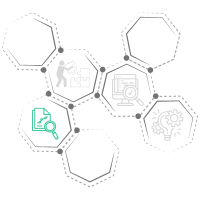
Review your existing processes & digital technologies
Map out your current processes to identify where there are gaps and where improvements can be made.
Are there any processes you haven’t optimised? Are your processes and technologies contributing to your organization’s goals?
Are there areas of processes that your staff feel are wasting time? There are often issues within processes that team members get used to, and are happy to work around. Or they don’t feel comfortable suggesting changes. Empowering teams to question processes and suggest improvements will help identify bottlenecks.
Ask for feedback from your customers. Find out what their experience is like to highlight ways to enhance processes. Responding to customer feedback also leads to higher chances of customer loyalty and retention.
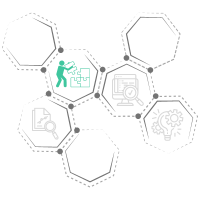
Identify opportunities to improve
Once you have reviewed your existing processes and identified gaps, you can then start to find solutions.
Solving these on a small scale is the best approach. Building solutions incrementally with small gains enables you to learn from what works, and build on and enhance your digital transformation efforts.
Breaking down digital transformation makes goals more attainable and provides a quicker sense of satisfaction. Small changes over time are much easier to accept and adapt to. Seeing results sooner boosts attitudes toward digital transformation and increases employee adoption and acceptance too.
This also provides an opportunity to review what more you can do with technology. What emerging technologies are there that could elevate your current processes? Are you using technologies to their full potential?
Be open to new ideas, experiment with tools, embrace opportunities, and seek feedback and insights from customers and stakeholders.
Digital technologies improve processes for employees and customers, resulting in better performance and long-term success for businesses.
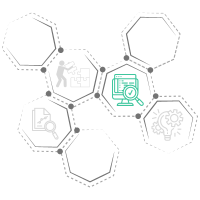
Test & implement new digital tools
Testing new digital tools is crucial to identifying what will work for your company. It’s also a great way to involve employees. To help them get familiar with the types of tools and technologies available. To get their feedback, and understand their preferences. Trial periods can also help you get a head start on implementation.
The goal is to identify digital tools that suit your business. Aim for solutions that fit in with, and enhance, your existing processes.
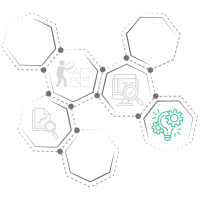
Plan your future digital transformation strategy
A scalable approach to digital transformation is often best.
You don’t need to do everything all at once. However, it is still important to think about your potential future needs when choosing your digital tools.
It’s much easier to add to and adapt existing tools, rather than replace them.
Having clear goals for the future will help you to make the right decisions now and create solid foundations.

Wesley Knapper
IT Administrator at DriveWorks
“By relying on outdated systems, companies risk inefficiencies, increased operational costs and inability to meet customer expectations.
The absence of modern tools introduces security concerns, and may hinder innovation and creativity.
In contrast, companies that embrace technological advancements gain a competitive edge, deliver better customer experiences, and ensure long-term sustainability in an ever-changing
market.”
How are DriveWorks customers embracing digital tools?
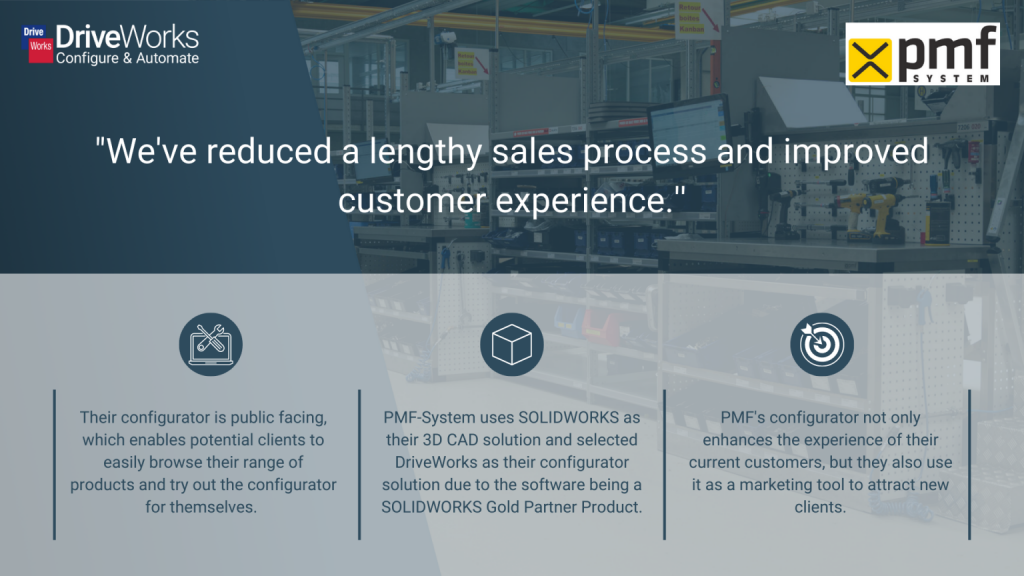
PMF-System, headquartered in Switzerland, is an award-winning start-up company specializing in custom-made furniture for industry.
Since implementing DriveWorks, PMF-System has achieved a number of goals:
- Built an integrated online sales configurator.
- Enabled customers to create custom products with ease.
- Attracted new clients, using their configurator as a marketing tool.
- Saved time and dedicated time to developing more product lines.
Read more about PMF-System’s success with DriveWorks here.